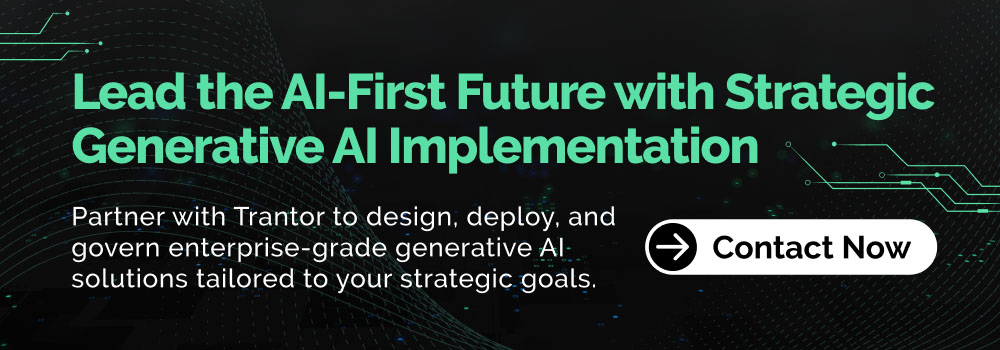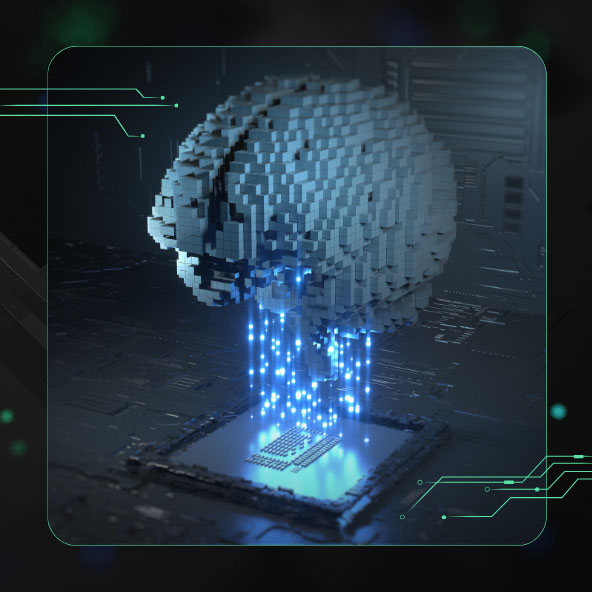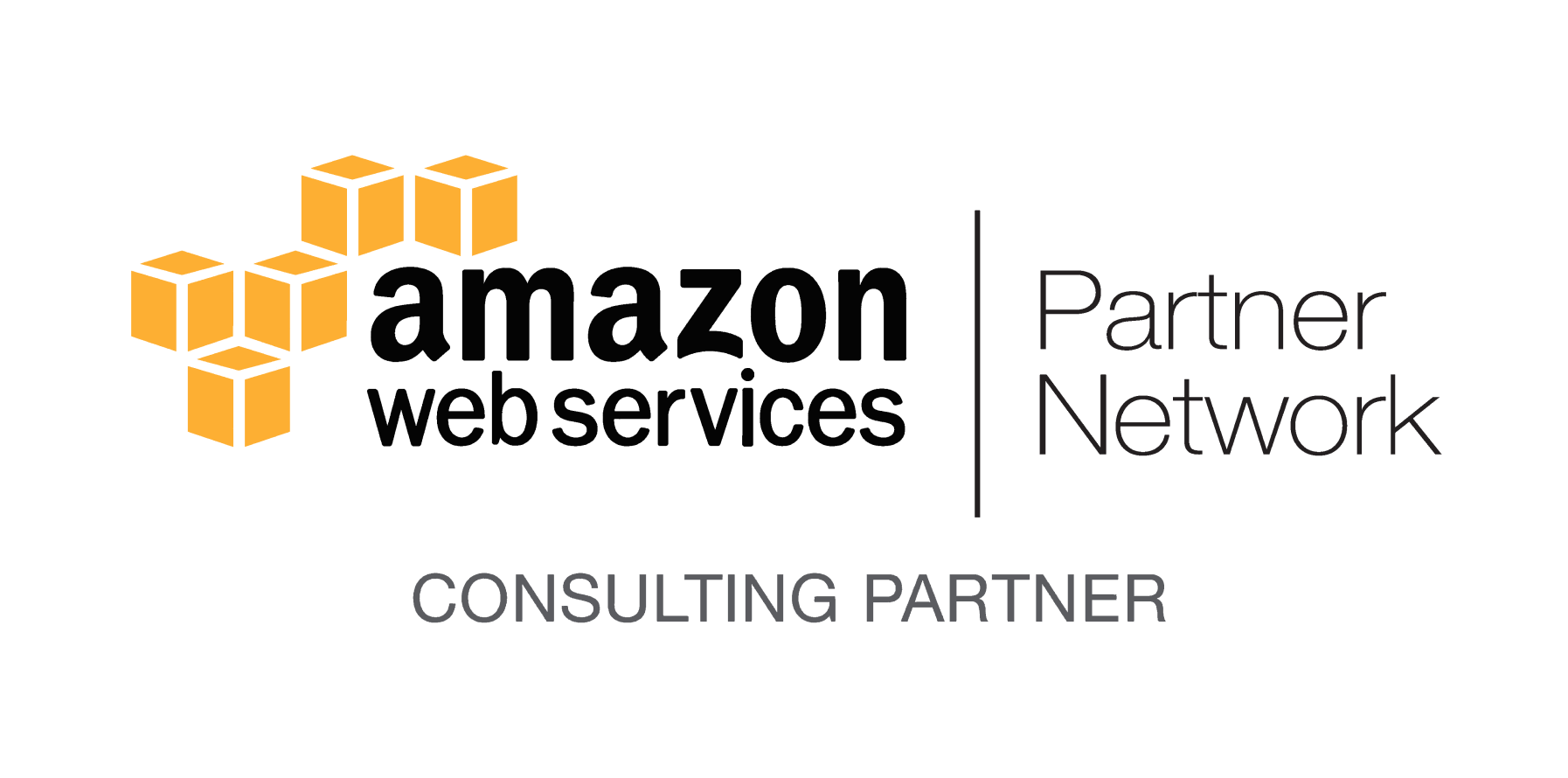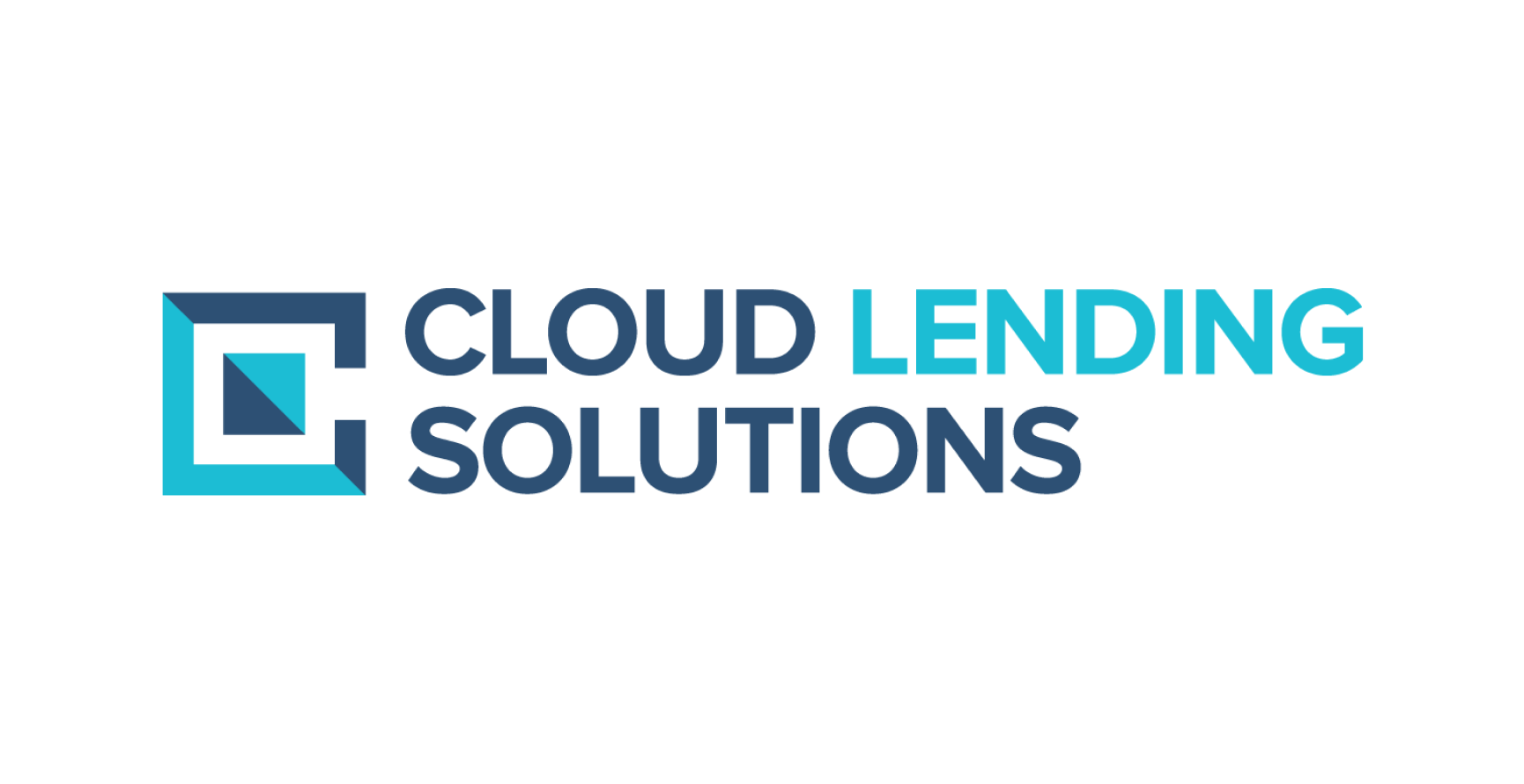Artificial Intelligence, zBlog
Generative AI Models: Opportunities and Challenges for Enterprises
trantorindia | Updated: October 8, 2025
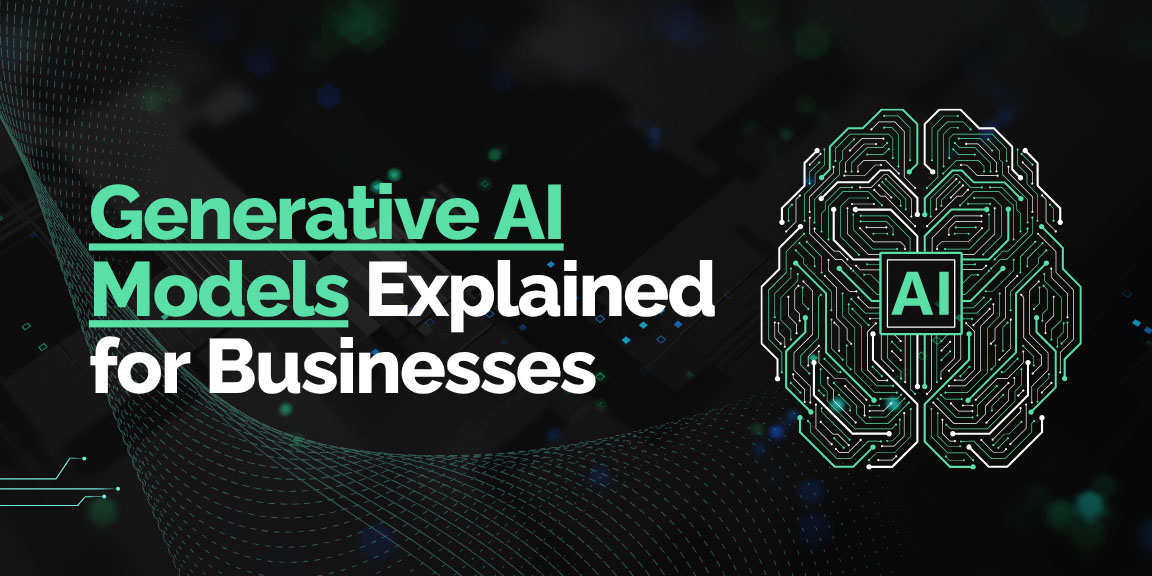
Generative AI has quickly evolved from a research frontier into one of the most transformative enterprise technologies of our time. Organizations across industries are no longer just exploring artificial intelligence—they’re integrating generative AI models to rethink workflows, unlock creative potential, and accelerate innovation.
At its core, generative AI isn’t about replacing humans—it’s about amplifying what businesses and professionals can achieve. By generating new content—whether it’s text, code, images, or even designs—these models empower teams to do more with less time and fewer resources. From intelligent chatbots that understand customer intent to tools that write code, summarize reports, or create marketing visuals, generative AI has reshaped how we define productivity.
However, the rise of generative AI also introduces complex challenges: data privacy, ethical governance, accuracy, and cultural readiness. For enterprises, the key question is no longer “Should we adopt AI?” but rather “How do we adopt it responsibly, securely, and strategically?”
This comprehensive guide explores everything you need to know about generative AI models—how they work, why they matter, where they’re driving the most impact, and what risks enterprises must navigate to ensure sustainable and trustworthy AI transformation.
Understanding Generative AI Models
Generative AI models are machine learning systems designed to create new data that mirrors the patterns found in their training datasets. Unlike traditional AI models, which focus on recognition and prediction, generative AI learns from data to produce something entirely new.
For example, a traditional AI might detect whether an image contains a cat, while a generative AI model can create a brand-new, realistic image of a cat that never existed before. Similarly, in business contexts, these models can generate product descriptions, design prototypes, code snippets, or even synthetic datasets.
The most powerful of these systems—like OpenAI’s GPT-4, Anthropic’s Claude, Google’s Gemini, and Meta’s LLaMA—are trained on massive multimodal datasets that include text, images, audio, and video. To explore the architectures and methods behind these models in detail, read our guide on types of generative AI models. Their ability to understand and create across formats has made them central to enterprise transformation.
How Generative AI Differs from Traditional AI
The distinction between generative and traditional (discriminative) AI lies in intent and output.
In short, traditional AI recognizes, while generative AI creates. This creative potential has made it particularly attractive for enterprises aiming to scale innovation.
Architectures Behind Generative AI Models
Several types of neural network architectures power modern generative systems:
- Transformers: The foundation of large language models like GPT and Claude. They use attention mechanisms to understand relationships between words or data tokens, enabling them to generate coherent and context-aware text.
- Diffusion Models: Used in systems like DALL·E 3 and Stable Diffusion. These models gradually remove noise from random inputs to generate detailed and realistic images.
- Generative Adversarial Networks (GANs): A generator and discriminator work together, producing increasingly realistic outputs through competition. GANs revolutionized synthetic media creation.
- Variational Autoencoders (VAEs): Encode data into a latent space and decode it to create variations of original inputs.
Many enterprise-grade models now combine these architectures or integrate retrieval-augmented generation (RAG) to pull real-time data from secure knowledge bases, making outputs not just creative—but factual and current.
The Enterprise AI Boom: Market Outlook

Generative AI’s potential economic impact is staggering. According to McKinsey’s 2025 report, AI adoption could add up to $4.4 trillion annually to global productivity. Over 60% of Fortune 500 companies have already implemented or piloted generative AI solutions in areas like customer service, product design, and marketing automation.
Gartner predicts that by 2026, 80% of enterprise software will embed some form of generative AI functionality. From chatbots to report summarization tools, the technology is no longer a futuristic concept—it’s a business necessity.
This surge is fueled by three major factors:
- Accessibility: Open-source models and APIs have lowered the barrier to entry.
- Economic Efficiency: Automation drives cost savings and operational agility.
- Strategic Pressure: Competitors adopting AI force organizations to innovate or risk obsolescence.
Key Use Cases of Generative AI in Enterprises

Generative AI is redefining how enterprises function across industries and departments. Let’s explore where the real transformation is happening.
Customer Support and Experience
AI-powered chatbots and digital assistants now handle everything from complex troubleshooting to multilingual customer service. By leveraging large language models, they deliver personalized, contextual answers and improve satisfaction while cutting support costs by up to 50%.
Marketing and Creative Workflows
Marketers use generative AI for campaign ideation, ad copy generation, and visual creation. Instead of relying on long creative cycles, teams can instantly produce variations of headlines, images, and scripts—then test them at scale.
Software Development
Developers use AI co-pilots to generate code, detect bugs, and automate documentation. GitHub Copilot, for example, reports that developers are 55% faster when assisted by AI.
Data Management and Document Summarization
Knowledge-heavy industries like law and finance benefit from generative AI’s ability to process thousands of pages and produce clear summaries or insights. This saves hundreds of work hours per quarter.
Product Design and R&D
AI-driven generative design tools analyze parameters such as cost, weight, and material to suggest optimized prototypes. Automotive and aerospace firms are already using them to reduce design time and material waste.
Industry-Specific Examples
The Opportunities for Enterprises
Generative AI offers advantages that go beyond efficiency—it redefines what’s possible in business operations and creativity.
1. Accelerated Innovation
Generative models enable rapid ideation, allowing enterprises to explore hundreds of concepts in minutes. Whether it’s a new product design or a marketing campaign, AI expands creative capacity.
2. Cost and Time Savings
By automating repetitive and knowledge-based tasks, organizations reduce labor costs and accelerate project timelines. In creative industries, generative AI can cut production costs by up to 70%.
3. Enhanced Customer Personalization
Dynamic content generation enables hyper-personalized marketing and support experiences, driving better engagement and retention.
4. Democratization of Expertise
AI tools make complex capabilities accessible to non-technical employees. A marketer can use AI to generate design assets or a manager can analyze complex data without coding knowledge.
5. Improved Decision-Making
AI models summarize information and simulate outcomes, helping executives make better strategic choices backed by real-time data.
6. Sustainability and Resource Optimization
AI-generated simulations reduce waste in product development, supply chain planning, and logistics.
Challenges and Risks in Enterprise Adoption

While opportunities are immense, generative AI brings equally significant challenges that organizations must navigate thoughtfully.
Data Privacy and Security
Generative AI models often rely on large datasets that may contain sensitive or proprietary information. Enterprises must adopt data anonymization, encryption, and access controls to maintain compliance with global privacy laws such as GDPR and CCPA.
Bias and Hallucination
AI models can unintentionally produce biased or incorrect information due to flaws in their training data. Enterprises should maintain human oversight, employ bias-detection frameworks, and perform output audits to mitigate reputational risks.
Intellectual Property (IP) Concerns
Generated outputs might overlap with copyrighted material. Clear IP governance policies and watermarking are essential to protect both the enterprise and creators.
Integration Complexity
Many organizations struggle to integrate AI into legacy systems or siloed data environments. Successful deployment often requires hybrid architecture and modern APIs that can align with existing workflows.
Ethical and Regulatory Pressures
As governments begin implementing AI regulations, compliance will be non-negotiable. Transparency, auditability, and explainability will become as important as innovation.
Cultural Resistance
AI adoption also demands cultural transformation. Teams may fear job displacement or distrust AI decisions. Leaders must invest in AI literacy training and transparent communication to build trust.
Best Practices for Successful Implementation

To ensure meaningful outcomes, enterprises should follow a phased, structured approach:
- Identify High-Impact Use Cases: Start with areas that deliver measurable ROI, like marketing automation or internal knowledge search.
- Build a Strong Data Strategy: Ensure data quality, accessibility, and governance frameworks are in place before model deployment.
- Adopt Human-in-the-Loop Workflows: Combine human expertise with AI efficiency to maintain control and reliability.
- Choose the Right Infrastructure: Hybrid and cloud-native models offer scalability while maintaining security.
- Prioritize Responsible AI: Establish ethics committees, model audit protocols, and continuous monitoring for compliance.
- Train Employees Across Levels: Empower teams to use AI responsibly and effectively.
- Measure and Iterate: Define key performance indicators (KPIs) for accuracy, adoption, and ROI to refine implementation.
Future of Generative AI in Enterprises

The evolution of generative AI is only accelerating. Emerging trends are shaping what’s next:
- Multimodal Systems: Models that understand text, voice, and visual data simultaneously will enable more natural human-computer interactions.
- Autonomous AI Agents: Future models will operate as semi-independent entities capable of performing multi-step reasoning and collaboration.
- Private and On-Prem Models: To address data sensitivity, many enterprises will deploy secure, domain-specific AI models within their own environments.
- Explainable and Ethical AI: Transparency, explainability, and fairness will be mandatory for public trust.
- AI-Augmented Workforce: Rather than replacing jobs, AI will create new roles focused on supervision, interpretation, and model improvement.
According to Accenture’s 2025 report, companies that adopt generative AI responsibly will see 2.5x faster revenue growth than those that don’t—showing that governance and innovation must go hand in hand.
Frequently Asked Questions (FAQs)
What is the difference between generative and predictive AI?
Predictive AI forecasts outcomes using existing data; generative AI creates new content or simulations based on learned patterns.
Can enterprises build their own generative models?
Yes, companies can fine-tune open-source foundation models or use APIs from providers like OpenAI, Anthropic, and Cohere, ensuring compliance and customization.
How can businesses ensure responsible AI use?
By implementing governance frameworks, continuous audits, and human-in-the-loop validation for all outputs.
Is generative AI secure for regulated industries like finance or healthcare?
Yes, when deployed within secure, compliant frameworks that include encryption, local hosting, and strict access controls.
How long does it take to see ROI from generative AI?
Typically between 6 to 18 months, depending on the use case, data readiness, and change management strategy.
Conclusion
Generative AI models represent a defining moment for enterprise transformation. They bring together creativity, intelligence, and automation—bridging the gap between human imagination and machine precision. Yet, success requires more than technology. It demands responsible strategy, governance, and cultural alignment.
Organizations that master this balance will not only automate but also innovate, personalize, and lead in an AI-first future.
If your enterprise is ready to scale responsibly and harness AI for measurable business impact, you need a partner who understands both technology and transformation.
👉 Partner with Trantor Inc. to design, deploy, and govern enterprise-grade AI solutions tailored to your goals.
Visit Trantor Inc. to learn how we’re helping global leaders shape the future of intelligent enterprises.
